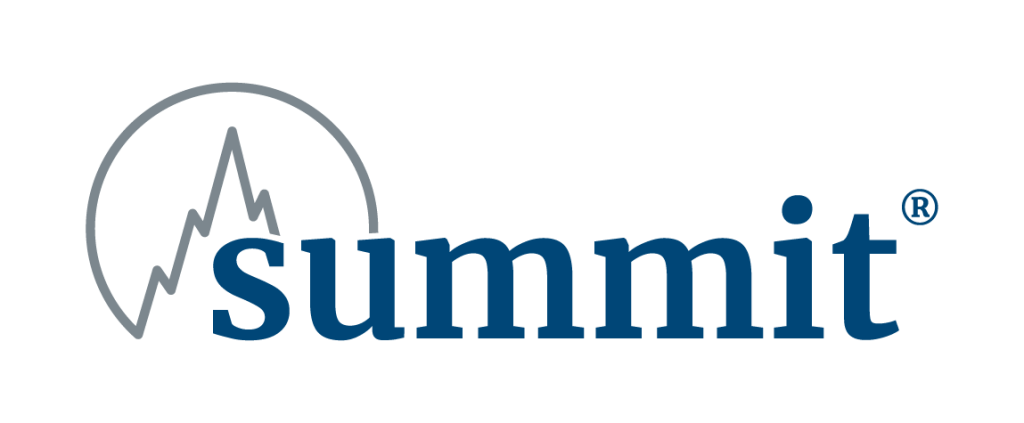
SAFETY TOPICS
Slips, Trips, and Falls
According to the Occupational Safety and Health Administration (OSHA), falls are the most common cause of injury and death within workplaces.1 Falls can be a frequent occurrence at a workplace, especially without proper safety protocols in place. However, even in a safe environment, people still risk injury from falling off a ladder, into a hole in the ground, or are just more at risk when falling due to health risks or age. Here we’ll provide insight and resources for fall protection and prevention.

Take a look at the numbers
According to the National Safety Council, the statistics of people falling on the same level show that 136 workers died, and 127,680 were injured as of 2020.2 Falling down at work is a high risk for employees across any workplace, not just construction or maintenance workers. It is important to always stay aware of what you can do to prevent this from happening. Summit’s article on Fall Prevention has tips you can use to reduce falls in your workplace, as well as other fall tips from the OSHA.
Fall protection and prevention materials
Preventing slips, trips, and falls could be as simple as putting up a “Wet Floor” sign or keeping walkways clear. Training, awareness, and watching out for your coworkers are also ways you can prevent a harmful fall. Some more ways to avoid falling include:
- Using railings, toe boards, and hole and skylight covers
- Conduct a job hazard analysis and be sure a fall protection plan is in place before beginning work
- Wear the proper fall protection equipment for the job and be trained on how to use it
- Training employees on proper ladder use
- Clean up spills immediately
- Don’t use cleaning products that could make floors slippery
- Clear all traffic areas of cords, tools, materials, and trash
- Use handrails and walk carefully when going up or down stairs
- Make sure that floor mats lay flat rather than wrinkled or bunched up
- Do not walk and text/read
- Wear proper footwear3
Additional resources
Here are some articles with resources on how to stay safe not just in your workplace, but anywhere! 4,5
Summit also has helpful resources available! Some resources include safety videos and safety posters. (Videos provided through JER HR Group LLC, dba Training Network, a Summit vendor). If you would like additional resources, please contact your Summit loss prevention consultant.
Footnotes
1. “Fall Protection.” Occupational Safety & Health Admin. (OSHA), U.S. Dept. of Labor, www.osha.gov/fall-protection (Accessed June 7, 2023).
2. “Falls – Same Level.” nsc Injury Facts, National Safety Council, injuryfacts.nsc.org/work/safety-topics/falls-same-level/ (Accessed June 7, 2023).
3. “Slips, Trips, and Falls.” The National Institute for Occup. Safety and Health (NIOSH), U.S. Dept. of Health & Human Serv., last reviewed May 21, 2018, www.cdc.gov/niosh/topics/retail/slips.html#:~:text=Spills%2C%20ice%2C%20snow%2C%20rain,fractures%2C%20scratches%2C%20and%20cuts (Accessed June 7, 2023).
4. Druley, Kevin. “7 tips for safe use of ladders.” Safety+Health, National Safety Council, 2/23/2023, www.safetyandhealthmagazine.com/articles/23563-7-tips-safe-use-ladders (Accessed June 7, 2023).
5. Druley, Kevin. “Reducing slips, trips, and falls.” Safety+Health, National Safety Council, 12/19/2021, www.safetyandhealthmagazine.com/articles/22031-reducing-slips-trips-and-falls (Accessed June 7, 2023).

